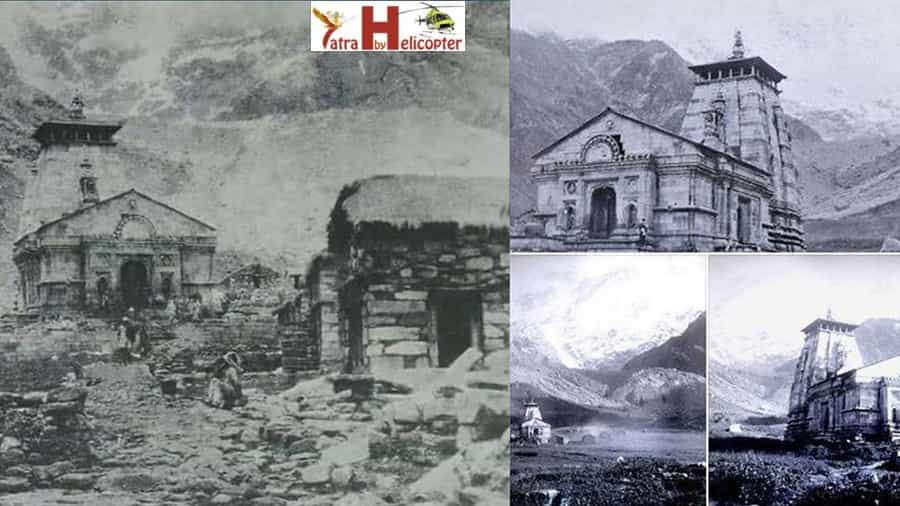Last Updated on October 15, 2024
Kedarnath Dham is notable for the famous Kedarnath temple which is one among the 12 revered Jyotirlingas of Lord Shiva that our country has. The temple features a pyramidal Jyotirlingam of Lord Kedar, which is a representation of Lord Shiva as cosmic light. The Jyotirlingam here is a self-manifested lingam of Lord Shiva and is the highest of all Jyotirlingams that our country has. The temple of Kedarnath lies in Uttarakhand Rudraprayag district and is cradled at an altitude of 3583 meters above the sea level along the River Mandakini banks. Kedarnath Dham is also one of the Chardham in the Chota Chardham circuit.
The religious significance of Kedarnath Dham is closely associated with the history as well mythologies related to the Kedarnath Dham.

Historical Roots and Legends
According to historical records, the Kedarnath Dham dates back to nearly thousand years or more in terms of its age though no concrete proof of this fact is yet available. History of Kedarnath thus is a synonym of the mythical stories or legends behind the shrine. It is believed that this temple was set up by the Pandavas and later was revived by the great spiritual guru, Adi Shankaracharya when he visited the place around 8th Century CE. Thus, the temple dates back to the epic periods of Mahabharata as per legendary or mythical tales.
The Mythology of Kedarnath Temple
The legend of Kedarnath Temple centers around the Pandavas, who, burdened with guilt after the Kurukshetra war, sought absolution for the sins of having killed their kin, the Kauravas. In their quest for forgiveness, they searched for Lord Shiva, the only one capable of cleansing them. Their journey began in Kashi, where they learned that Shiva resided in the snow-clad Himalayas. Determined, they travelled to the mountains, entering through Haridwar.
However, Lord Shiva, unwilling to grant them easy redemption, disguised himself as a buffalo and hid in a place that would later be known as Guptakashi. The Pandavas continued to Gauri Kund, where Nakula and Sahadeva spotted the unusual buffalo. Bhima, another brother, seized his mace and gave chase.
The clever buffalo managed to conceal its head in a crevice, but Bhima grasped its tail. After a fierce struggle, the buffalo’s body shattered and scattered. Its hump landed in Kedarnath, leading to the establishment of the Kedarnath Temple. Other parts of the buffalo—its arms, face, hair, and navel—fell in various locations: Tungnath, Rudranath, Kalpeshwar, and Madhyamaheshwar, collectively known as the holy ‘Panch Kedars.’ Eventually, Lord Shiva appeared before the Pandavas, absolving their sins and choosing to remain in Kedarnath as a Jyotirlingam.
Another tale tells of Nar and Narayana, revered incarnations of Lord Vishnu, who undertook intense penance before a clay Shiv lingam at Bharat Khand Badrikashram. Pleased by their devotion, Lord Shiva appeared and offered to grant them a boon. They requested that he reside permanently in Kedarnath as a Jyotirlingam. The Lord agreed, thus establishing his presence in the Kedarnath Temple, where thousands of devotees come each year seeking blessings and forgiveness.
Also Read:

 Call
Call WhatsApp
WhatsApp Enquiry
Enquiry